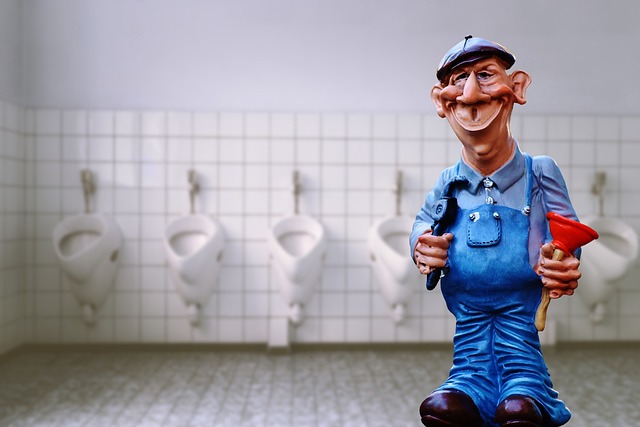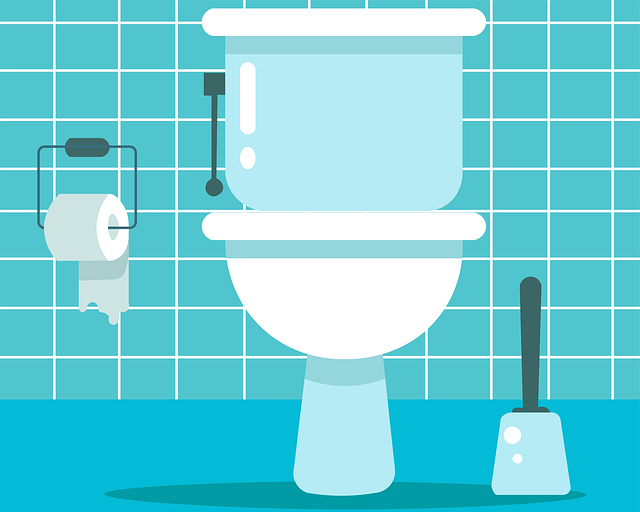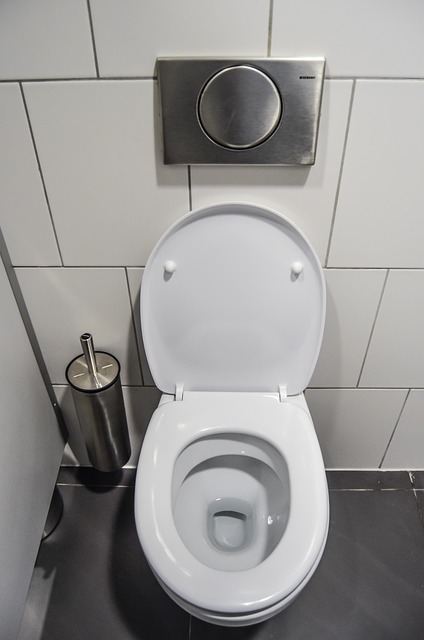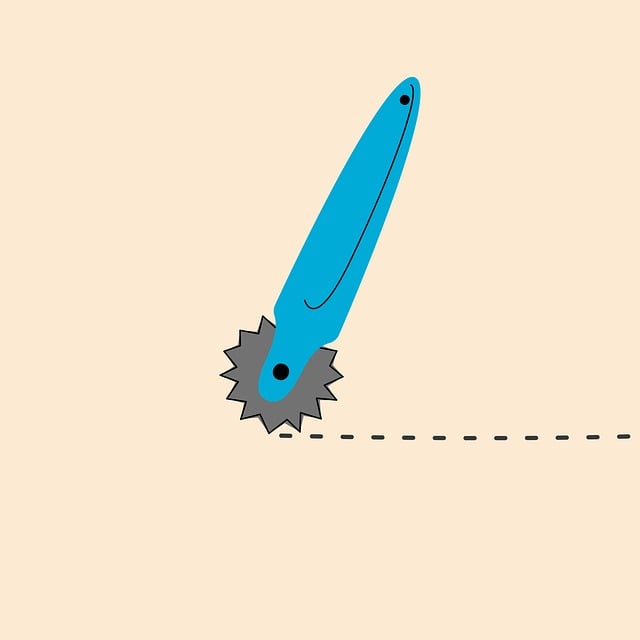Understanding common toilet issues is key for DIY repairs, saving costs. Gather essential tools and replacement parts specific to your model before starting. Shut off water supply at main valve to prevent flooding. Inspect components for damage or wear, taking notes for reassembly. For minor fixes, replace parts; complex issues like leaks require a professional toilet repair service. Proper diagnosis ensures long-lasting solutions, preventing future disruptions.
Looking to save on costs and tackle a common home repair? Repairing your toilet yourself can be a rewarding DIY project. This step-by-step guide will walk you through the process, from identifying common issues to testing functionality. Learn how to gather the necessary tools and materials, turn off the water supply, disassemble and inspect components, and replace or repair for optimal performance. Skip the toilet repair service and gain confidence in maintaining your bathroom’s most essential fixture.
- Assess and Understand Common Toilet Issues
- Gather Tools and Materials Needed
- Turn Off Water Supply
- Disassemble and Inspect Components
- Replace or Repair and Test Functionality
Assess and Understand Common Toilet Issues

Toilet repairs can often be a DIY project, but understanding common issues is key to successfully fixing your fixture without professional help. Many problems arise from simple wear and tear, such as a broken toilet seat or a leaky flapper, which are relatively easy to address. Identifying these issues early on can save you the cost of hiring a plumber for toilet repair service.
For instance, if your toilet is running constantly, it might be due to a faulty flush valve or a problem with the fill valve. A broken toilet seat replacement is another common task that homeowners can handle themselves. However, complex problems like low water pressure or an unyielding clog might signal the need for expert intervention, especially when involving a plumber for toilet installation.
Gather Tools and Materials Needed

Before tackling any toilet repair yourself, ensure you have all the necessary tools and materials at hand. This typically includes a plunger, replacement parts for your specific toilet model (flapper, fill valve, or tank lever), a new wax ring if needed, and a few other basic tools like a wrench, screwdriver, and rubber gloves. Tools like these are usually readily available at any hardware store, making it easy to assemble a DIY toilet repair kit without the need for an expensive toilet repair service.
Knowing when to replace your toilet is also crucial—look out for signs such as persistent leaks (a common toilet tank leak fix), frequent clogs, or low water levels. While some repairs, like fixing a toilet tank leak, can be temporary fixes, replacing an old or inefficient toilet can save both money and water in the long run, offering significant benefits including a reduced environmental impact and lower utility bills—a clear incentive to take on these tasks yourself rather than relying on a professional toilet repair service.
Turn Off Water Supply

Before diving into any toilet repair, ensuring your water supply is turned off is paramount. Locate your home’s main shut-off valve, usually found near the water meter or in a utility closet. Turn the valve clockwise to interrupt the water flow. This crucial step prevents potential flooding and ensures you can manage the repair process with ease. Once the water is cut off, you can safely proceed to assess and fix any issues, be it a leaky flapper, broken handle, or toilet bowl damage repair.
Understanding that persistent toilet odors can mar your bathroom experience, addressing them is another vital aspect of comprehensive toilet repair. Regular cleaning helps, but if the issue persists, consider checking for cracks or sealant damage around the toilet bowl and seat. Proper installation instructions for the toilet seat can be found online or in your toilet repair service manual. A fresh coat of sealant or a new seat cover might eliminate these unwanted odors effectively.
Disassemble and Inspect Components

Before diving into any toilet repair, it’s crucial to disassemble and inspect its components. This step is often overlooked but can save you significant time and money in the long run. Start by shutting off the water supply valves located behind or beneath the toilet. Then, carefully remove the toilet from its mounting. Take note of how each part connects, as this will make reassembly easier.
Inspect every part, paying close attention to signs of damage or wear, especially in the bowl and flapper mechanism. Toilet bowl damage repair might seem daunting, but with a keen eye, you can identify if it’s a simple fix or requires professional toilet repair services near me. Remember that budget-friendly toilet repairs are achievable if you approach the process methodically and with the right tools.
Replace or Repair and Test Functionality

When addressing toilet issues, one of the first decisions to make is whether to replace or repair. If the problem is as simple as a broken flush handle or a loose toilet seat cover, replacement parts might be all that’s needed. A new toilet seat cover can instantly improve aesthetics and functionality without a full replacement.
However, if you’re dealing with more complex issues like persistent leaks or a messy toilet bowl that needs a thorough clean, these typically require repairs. A professional toilet repair service is equipped to handle such situations, ensuring long-lasting solutions. Remember, proper diagnosis is key; test the functionality after each repair step to ensure the issue has been resolved effectively, avoiding future inconveniences and potential water waste.
Repairing a toilet yourself can save you time and money, eliminating the need for a professional toilet repair service. By following these simple steps—assessing common issues, gathering the right tools, disassembling and inspecting components, and replacing or repairing as needed—you can tackle any basic toilet problem with confidence. With a bit of knowledge and the right approach, you’ll be well-equipped to handle future repairs, ensuring your toilet functions smoothly for years to come.
